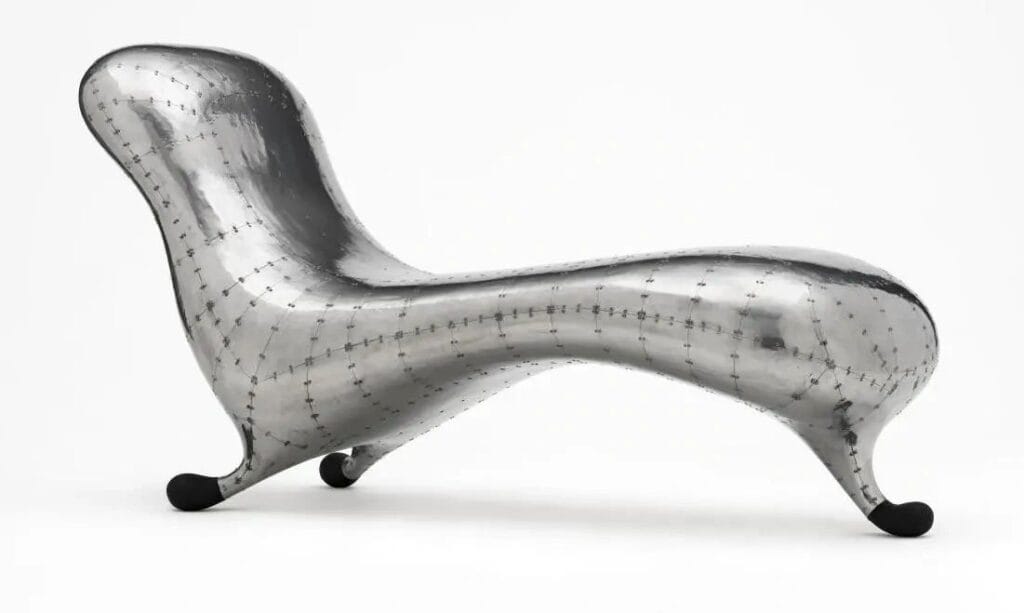The Overlooked Step Toward Building Exceptional Systems

In the world of design, innovation, and systems thinking, we often focus on the final product—the system itself. But the reality is far more intricate: “Sometimes it’s the people that need design because they design the process that leads to the system.” This insight reveals a fundamental yet often overlooked truth about how we approach problem-solving, innovation, and leadership. To build exceptional systems, we must first invest in the people who create them.
The Human Element of Systems Design

Every system, no matter how advanced, begins with human intent. Whether it’s a business framework, a digital interface, or a sustainable community, the processes that shape these systems are crafted by individuals. These individuals—leaders, designers, strategists, and innovators—carry the weight of translating abstract ideas into functional realities.
Yet, how often do we pause to consider the design of the designers themselves? How often do we reflect on their mindsets, skill sets, and decision-making frameworks? Systems do not fail in isolation; they fail because the processes leading to their creation were flawed. And those processes often falter because the people behind them were not equipped to think systemically, creatively, or adaptively.
The Multi-Layered Practice of Design

Design operates on multiple layers. At the surface, we design the tools, products, or systems that meet specific needs. At a deeper level, we design the processes—the step-by-step pathways that bring these systems to life. But the deepest layer, and perhaps the most critical, is the design of the people who create those processes.
To “design the people” doesn’t mean controlling them; rather, it involves empowering them with the right resources, training, and mindset to excel. It means cultivating curiosity, fostering resilience, and instilling the ability to navigate complexity. When we invest in this foundational layer, the ripple effect can transform not only the process but the system itself.
Practical Strategies for Designing the Designers

How can organizations and leaders apply this insight? Here are three actionable strategies:
1. Foster Systems Thinking: Equip individuals with the ability to see connections between parts and the whole. Systems thinking encourages people to anticipate unintended consequences, identify leverage points, and design processes that are both adaptive and robust.
2. Invest in Creative and Emotional Intelligence: Technical skills alone are insufficient. To design effective processes, people need empathy to understand diverse needs and creativity to imagine bold solutions. Organizations that prioritize emotional and creative intelligence are more likely to produce systems that are human-centered and sustainable.
3. Encourage Iterative Learning: Processes are rarely perfect from the outset. Empower designers with a growth mindset that embraces iteration, feedback, and adaptability. When people see failure as a learning opportunity, they are more likely to design processes that evolve and improve over time.
Leadership’s Role in Shaping People and Processes
Leaders play a critical role in designing the designers. They must go beyond delegating tasks and focus on cultivating an environment where individuals can thrive. This involves mentorship, providing strategic guidance, and creating opportunities for growth. Leadership is no longer just about managing systems—it’s about managing the people who design those systems.
The Strategic Impact
When we shift our focus to the people behind the processes, the impact is profound. Systems become more resilient, processes more innovative, and outcomes more sustainable. This approach aligns with the broader principles of human-centered design, where success is measured not just by efficiency but by the quality of the human experience.
Key Takeaway
As we navigate an era of rapid change—driven by technology, globalization, and environmental challenges—designing exceptional systems is more critical than ever. But let’s not forget the first step: designing the designers. By investing in the people who shape the processes, we unlock the potential to build systems that are not only functional but transformational.




